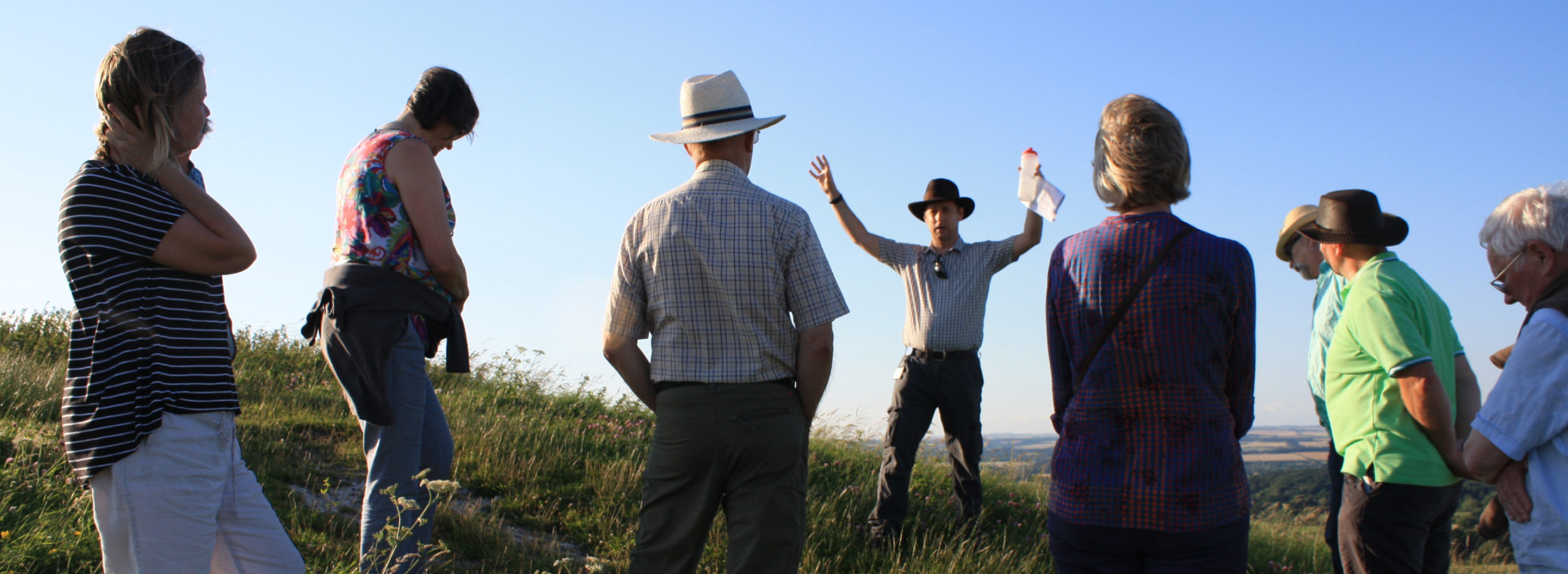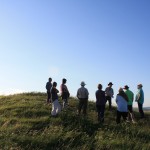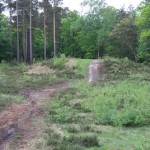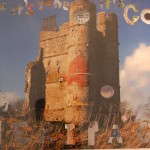Opening paths and closing down crimes
– spreading the word on local archaeology
The Day of Archaeology Blog, July 2016
Hi everyone! The Day Of Archaeology is a fantastic way to spread the word about our beloved discipline to the wider world – this is particularly welcome to local government archaeologists (like myself) as the work that we do is often overshadowed by the incredible discoveries and internationally famous sites that make the headlines.
However – the work of local authority archaeological services is not only varied, but also essential to the conservation, management and promotion of our heritage – not just the Scheduled Monuments and Listed Buildings, but also local heritage sites that are often un-recognised by residents and (sometimes) unfortunately at risk.
So with this in mind, let me tell you a little bit about a couple of projects that I have been working on recently:
Firstly, I’ve been designing a series of ‘heritage walks’ around West Berkshire that take in some of the sites that are recorded on our Historic Environment Record or HER (find out more at www.westberks.gov.uk/HER). I see this very much as an opportunity for residents and visitors to get out and see some of the wonderful archaeological sites that we have, while getting some exercise at the same time. This not only raises the profile of local heritage assets (which can lead to increased appreciation and management), but also creates a link between heritage and healthy living – an issue that is increasingly high on local and national agendas. I recently led a guided walk around Walbury Hill and Combe Gibbet in Inkpen – the very positive feedback that I received was a testament to how rewarding this activity can be – the comment I heard the most was ‘I didn’t know that we had these sites right on our front door’…
Unfortunately, there is sometimes another good reason for raising awareness of local sites – because criminal activity or damage has taken place. Heritage Crime has been on the agenda of Historic England (previously English Heritage) since 2010 or so, and there are many excellent initiatives taking place around the country. Locally, I have been working closely with the police on damage being caused by quad bikes to a Scheduled Bronze Age barrow cemetery, as well as training officers on how to spot heritage crime when and where it takes place. The key to this is again making people aware of where these sites are, not just the police – but also local residents; the HER will again play a crucial role. This means that Neighbourhood watch schemes can keep an eye out for criminal activity at heritage sites, but also that through education people of all ages can be more aware of the fragile nature of the archaeological and historic resource, which can hopefully lead to changes in behaviour.
A good example of this was a recent Arts Award project that I worked on along with the Youth Offending Team and local artists, on getting young people to engage with local heritage (in this case Donnington Castle and Shaw House) and produce a piece of art that reflects the risk that these sites can often be in.
These are just some of the opportunities that exist for heritage engagement and management – hopefully these kind of initiatives will carry on into the future and lead to a greater awareness and appreciation of our irreplaceable historic environment.
http://www.dayofarchaeology.com
E: archaeology@westberks.gov.uk



